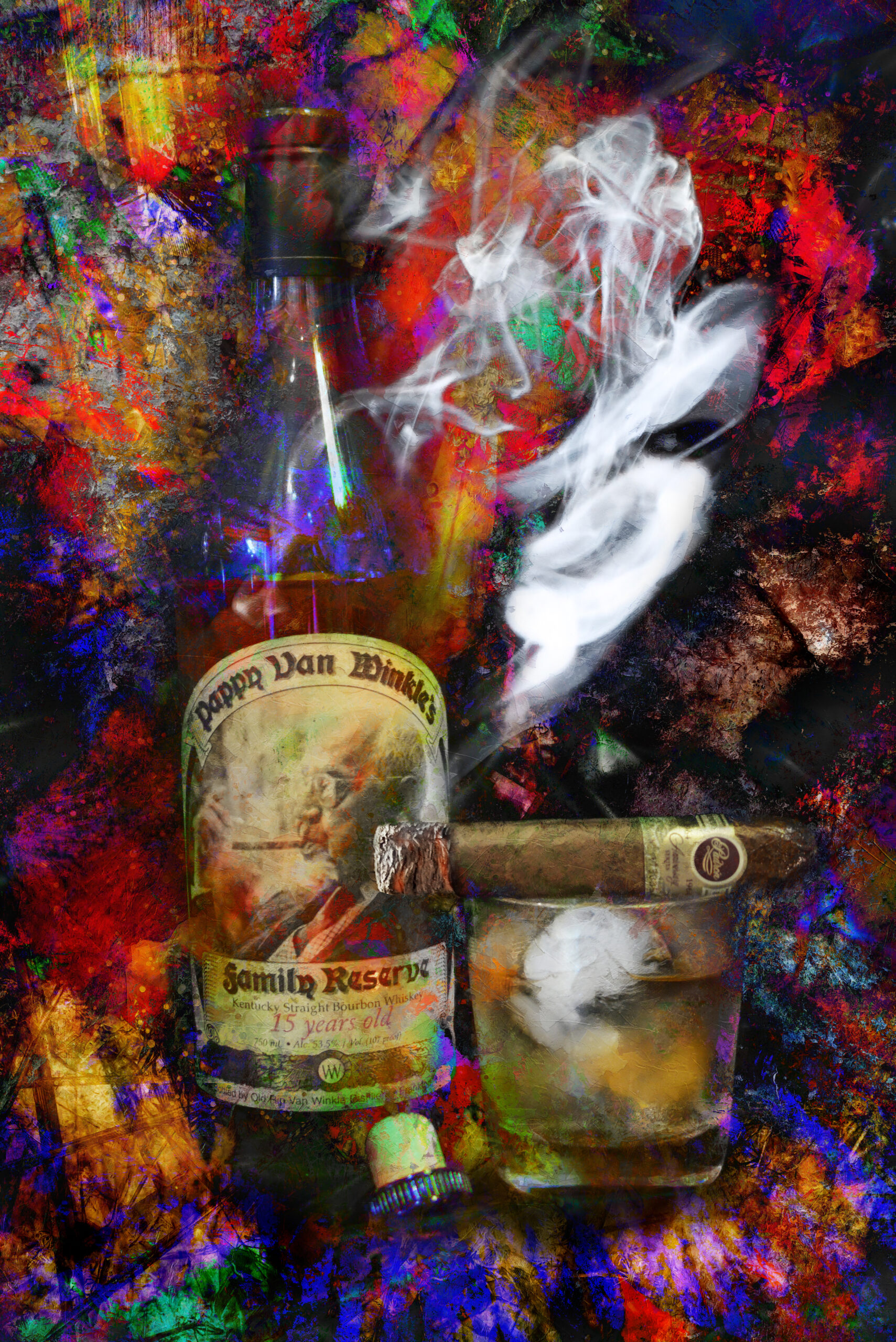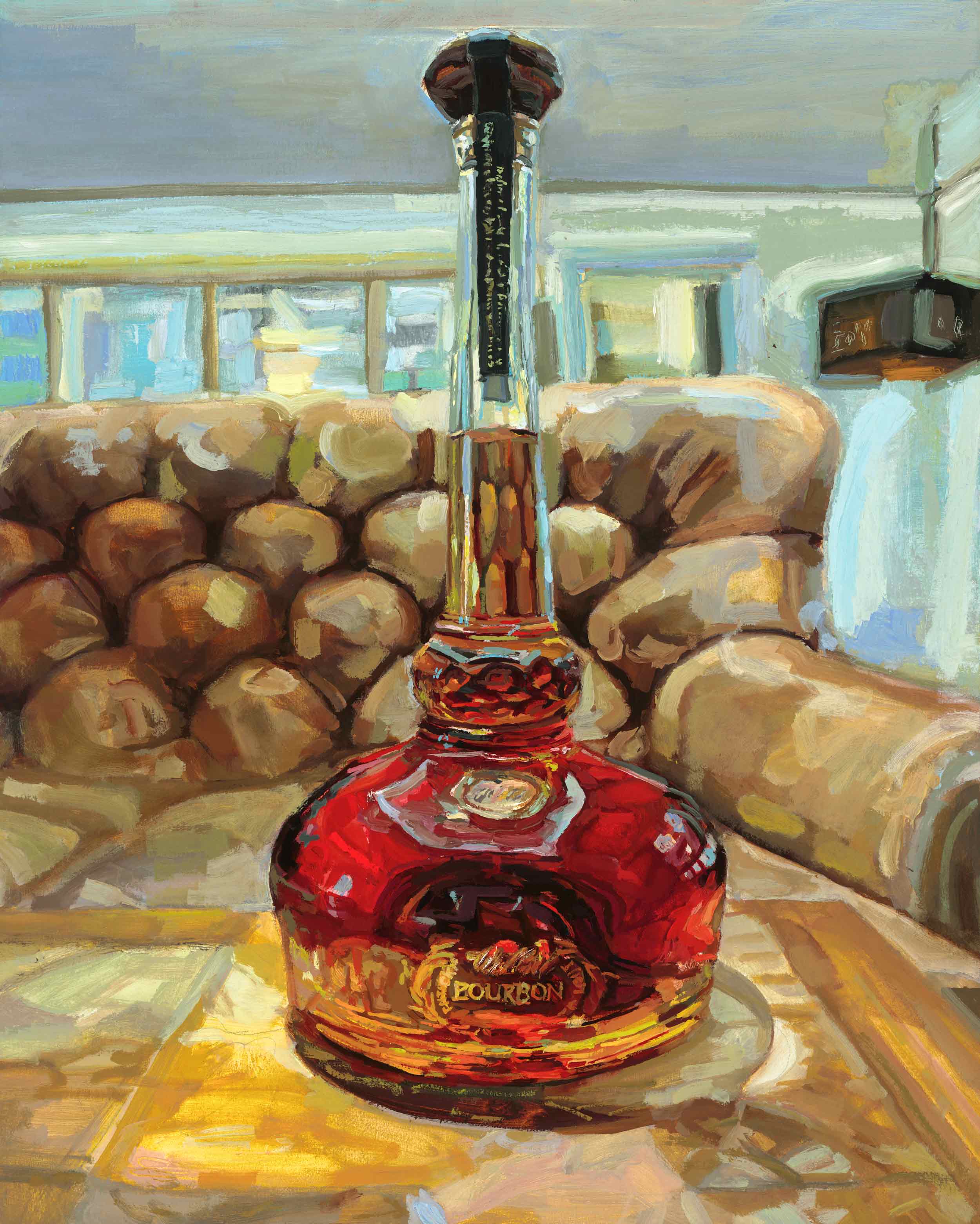Realism Art in the Whiskey Market: Portraying Moments of Purification
Realism Art in the Whiskey Market: Portraying Moments of Purification
Blog Article
The Importance of Whiskey Art in Celebrating Heritage and Workmanship in the Beverage Industry
The complex relationship between bourbon art and the event of heritage and craftsmanship within the drink sector can not be overemphasized. Via attentively designed containers and labels, bourbon brand names envelop their historical roots and the artisanal abilities that specify their production techniques. This creative dimension not only boosts market appeal but additionally works as a channel for social narration, cultivating a deeper link in between the customer and the craft. As we explore the numerous aspects of this subject, interesting concerns about the effect of contemporary fads on typical methods arise, triggering additional assessment.
The Historical Origins of Whiskey
At the heart of scotch's appeal lies a rich tapestry of historic roots that trace back to old people. The origins of scotch can be linked to the distillation techniques of the Sumerians and Babylonians around 2000 BCE, where very early forms of fermented grain beverages began to emerge. It was in the Center Ages that the art of distillation developed substantially, specifically in Ireland and Scotland, leading to the production of bourbon as we recognize it today.
The term "whiskey" itself obtains from the Gaelic word "uisce beatha," suggesting "water of life." This expression emphasizes the social significance of bourbon in Celtic cultures, where it was frequently related to routines, celebrations, and common bonding. By the 15th century, distillation ended up being an identified craft within reclusive areas, leading the way for the facility of lawful distilleries.
As profession routes increased, scotch's appeal expanded, transcending regional borders and recording the passion of aficionados worldwide. Limited Edition. This historical trip reflects not only the craftsmanship behind whiskey production but likewise its important duty in cultural and social contexts, noting it as a significant drink throughout history
Artistic Expression in Branding
Whiskey branding stands as an engaging crossway of artistry and business, where visual identity plays a vital function in forming consumer assumption. The appearances of whiskey labels, product packaging, and advertising materials mirror not just the brand's story yet additionally its core worths and heritage. Through imaginative expression, distilleries communicate a story that resonates with consumers, evoking emotions and sparking links.
The use of color, typography, and images in branding offers to set apart items in a saturated market. As an example, standard motifs may evoke a sense of authenticity and workmanship, while modern-day layouts can signify advancement and forward-thinking. This critical artistic instructions enhances brand name acknowledgment and loyalty, permitting consumers to create an individual connection with the bourbon they select.
Additionally, artistic expression in branding usually works as a party of regional heritage. Distilleries often integrate neighborhood symbols or historic recommendations right into their styles, developing a sense of location that welcomes consumers to take part in a wider social experience. Inevitably, the creativity behind scotch branding not just enhances aesthetic allure however also enhances the general narrative of the brand name, promoting a deeper recognition for the craftsmanship and heritage ingrained in each container.
Workmanship in Container Layout
The artistry obvious in scotch branding expands past aesthetic identification to encompass the craftsmanship entailed in container layout. Each container functions as a vessel not just for the spirit within, yet likewise for the story it outlines its beginning, high quality, and custom. The design process calls for meticulous attention to detail, as aspects such as shape, closure, and product add dramatically to the overall understanding of the scotch.
Workmanship in bottle style entails picking official source top quality glass that can improve the bourbon's color and clarity, while additionally offering a responsive experience for the consumer. The silhouette of the bottle have to be both cosmetically attractive and useful, often showing the heritage of the brand. Several distilleries go with unique shapes or printed Get More Information logos that stimulate a feeling of authenticity and history.
Moreover, the tag style and typography play a critical duty in connecting the brand name's narrative. Realism Art. A well-crafted bottle not just mesmerizes the consumer's eye however likewise enhances the brand name's dedication to top quality and custom. This way, the workmanship of container layout becomes an essential facet of the bourbon experience, combining creativity with an extensive regard for heritage
Social Importance of Scotch Art
Celebrating practice and craftsmanship, the cultural significance of whiskey art transcends mere aesthetic appeals, intertwining with the historic and social stories of the areas where it originates. Each container offers as a canvas, portraying the unique stories, mythology, and practices that have actually shaped neighborhood whiskey-making practices. The detailed styles frequently reflect the heritage of the distillers, incorporating signs and themes that resonate with the society and values of their communities.

In enhancement, whiskey art plays a vital function in public gatherings and events, offering as a concrete web link between individuals and their shared experiences. By appreciating the artistry in bourbon product packaging, customers grow a much deeper understanding and respect for the craft, inevitably enhancing their pleasure of the beverage itself.
Modern Trends in Scotch Discussion
In the last few years, the discussion of whiskey has actually advanced to reflect modern tastes and fads while still recognizing traditional craftsmanship - Bourbon Art. Distilleries are significantly focusing on aesthetic components that improve the general alcohol consumption experience, connecting the space in between heritage and modernity
Innovative container designs have arised, frequently incorporating sustainable products and imaginative tags that inform engaging stories. Several brand names now work together with local musicians, instilling their products with distinct visual expressions that resonate with customers. In addition, limited-edition launches are often packaged in collectible containers, adding worth and appeal for lovers.

Conclusion
In verdict, scotch art works as an important channel for sharing the heritage and craftsmanship here integral in the beverage sector. With detailed branding, ingenious bottle styles, and culturally substantial artistic components, scotch brand names effectively honor their traditions and attach with customers. This artistic narrative not just boosts the appreciation of whiskey but likewise reinforces area identification and satisfaction among manufacturers. Eventually, bourbon art plays a necessary role in preserving and commemorating the rich social tapestry of whiskey-making.


Craftsmanship in container style entails selecting top quality glass that can enhance the whiskey's shade and quality, while likewise offering a responsive experience for the consumer. In this way, the workmanship of container design ends up being a vital aspect of the scotch experience, combining artistry with an extensive regard for heritage.
In verdict, bourbon art serves as an essential conduit for expressing the heritage and craftsmanship intrinsic in the drink industry.
Report this page